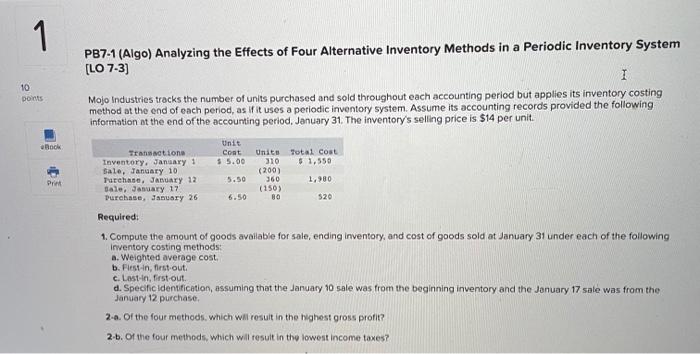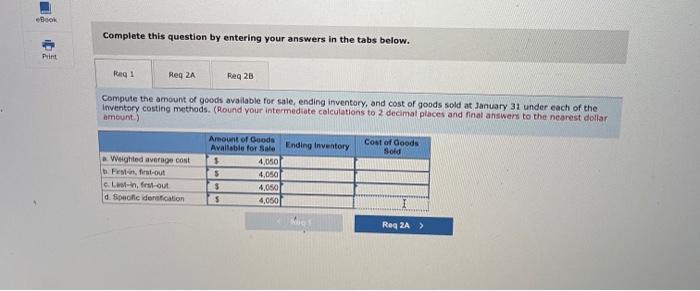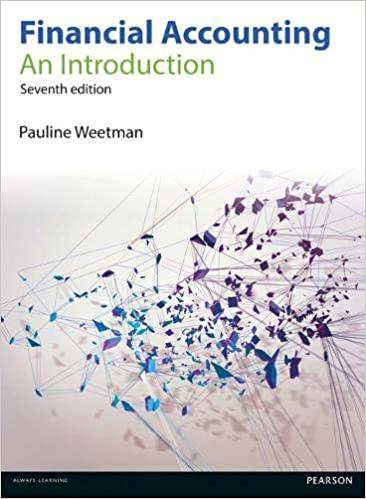Answered step by step
Verified Expert Solution
Question
1 Approved Answer
1 10 points PB7-1 (Algo) Analyzing the Effects of Four Alternative Inventory Methods in a Periodic Inventory System [LO 7-3) 1 Mojo Industries tracks the


Step by Step Solution
There are 3 Steps involved in it
Step: 1

Get Instant Access to Expert-Tailored Solutions
See step-by-step solutions with expert insights and AI powered tools for academic success
Step: 2

Step: 3

Ace Your Homework with AI
Get the answers you need in no time with our AI-driven, step-by-step assistance
Get Started


